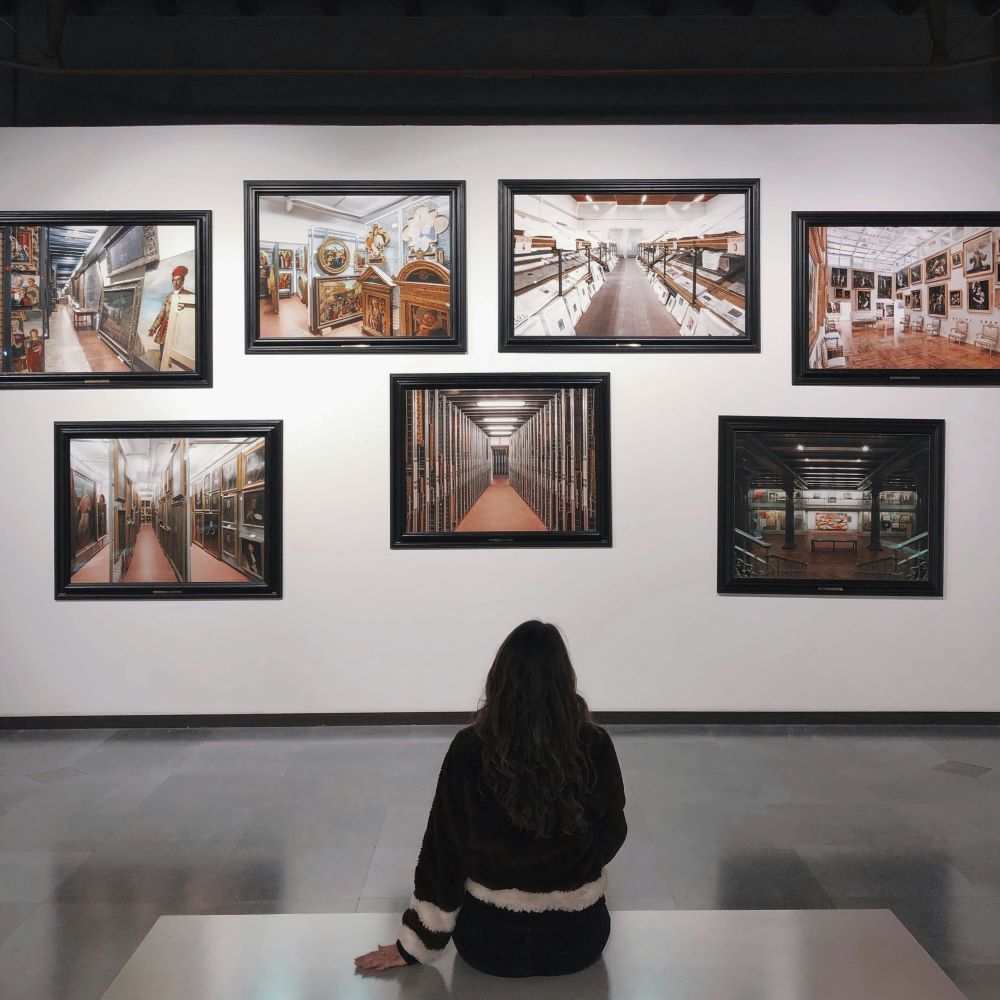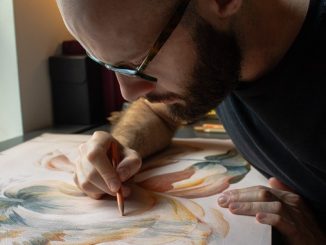Gallery Weekend was a worldwide yearly event that freed art by showcasing the artists and the art beyond gallery walls. Gallery Weekend Canada, which took place from September 28th to October 1st, 2023, featured artists like Jacques Hurtubise and Catherine Farish, whose methods and studies were critical to the artistic approach during Gallery Weekend. Though originating from one gallery, their significance spoke to the early Berlin desire that founded Gallery Weekend – to represent artists outside galleries, in art consciousness. It was a small movement, involving only a handful of artists and galleries, yet those involved in Gallery Weekend exhibited the intention not only of art but contemporary critical humanism.

Gallery Weekend Montreal 2023 showcased modern figures like Hurtubise, who used a method of painting texture in parallel abstractism. This exhibited the natural embodiedness of paint in symmetricism, which was also evident in Farish’s work. She was an artist with a free hand movement but also focused on this symmetrism in the expression of the world and herself. In a previous feature, she had some exhibitions called ‘Bleu’ & ‘Notes.’ These echoed feelings that resulted from tools and mechanisms they used and emerged as their experience, studied by the artists themselves and exhibited as a complete piece of thought, both subjective and objective.
Symmetric ‘Blotting’ Compared
Gallery Weekend saw contemporary art’s need for temporary art in contention with longstanding critical objective existence. Similarly, Hurtubise, although no longer alive, had pieces that still stood to be observed in full composure. He reflected on his art, and now, we improvised not only on his art but also on his character informing art and the world about this kind of symmetricity. Gallery Weekend was partly about interaction but also about taking action, furthering beyond time and place. Events were not sequenced, they didn’t follow exactly in the footsteps they did before, no matter how we tried to cover the events of it all. The world constantly changed, evolving into something we tried to define.
In the world of contemporary art, creative intents repeatedly express themselves by producing coexisting objectivity. This was what Gallery Weekend freed through unbordering humanistic expression. As a theorist, I branched into what remained unknown or hidden behind walls throughout art, history, and culture – this “symmetrical embodiment.” Within art, it was a methodical form, while within history, culture, and academics, it was rooted in autopsychology. While we came together in the nature of expression through global movements, involved in both modern and historical art, the imperative meaning of it was to reflect the reasoned nature of us.
Looking at cultural discourse, even in art, like early psychology creating something like The Bosch Test or Rorschach, it was still so culturally implicated that it disassembled humanistic knowledge. Rather than making personal inferences on parallels, it was the studies of things like colour or movement that allowed us to gain understanding. To compare, my ecological animalism that coined its logomatic automatism, my piece called “Bunny Lamp,” and a theory and series called “Bear Universe.” This showed art embodied symmetrism expressed by the experience of each artist’s signature.
Hurtubise and Farish showed a subjectivity and objectivity of art, art theory, and social thought. Without a full discourse of explanation, theorists like them, like myself, used linearity to show its continuum in all perspectives of thought, remaining true to its core. These early psychological pushes were unprogressive, but Hurtubise’s and Farish’s methodologies pushed art beyond prior approaches. In these galleries for years, they were finally part of a critical movement, Gallery Weekend, as a critique. As an academic artist/art theorist, arts’ critical theoretic continuum used their styles with concern for abstract, realistic consciousness. It was pointed toward the revolution of bettering the world with art, instead of confining it, and the artist’s definitions helped free art knowledge. Linearity and its symmetry, as points of human creativity and cognitivism, in the theoretical continuum, remained difficult in academic intention with things like worldwide religion or condemned political expression. Even within the short-lived North American psychology, its long-standing contention and power highly contradicted modern-day conscious definitions.
The bridge to all our free experiences, learning, and human communication was what Gallery Weekend wished for. Through galleries, like a museum, a university, or a government, sorted human composure in that it represented all of us humanistically. Gallery Weekend was a free art movement, a road leading to the living interaction of people & places to exist beyond walls. Seeing what was beyond the hidden eyes of people & society was existence within artists like Hurtubise. Gallery Weekend went beyond infrastructure and social structure and found art free when it was beyond walls, breaching them, stipulating that only furthering humanistic ways would concrete the success of our humanism. It had different art in different places with many ideas, bringing our galleries, artists, art, intelligence, and infrastructure, freeing it from the ground up. Free art helped not just art to exist beyond walls, but everything else, in all types of disposition.
Call it hypnotic, call it critical, or call it a free art movement. Gallery Weekend was free art beyond walls, moving, or saying more than we could while living behind social scripts of illegitimacy. Beyond these walls and grounds, it reinforced the ‘underground,’ the contemporary, the idea that all things had yet to be free. Free underground art, and encouraged freedom without limitation in Gallery Weekend!




